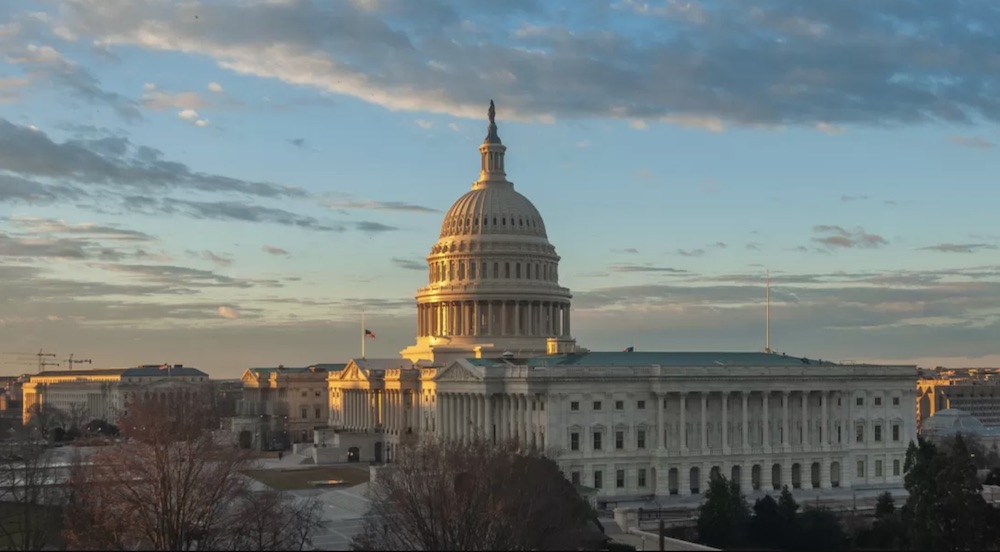
- Details
- By Chez Oxendine
- Real Estate
Native American housing programs will have access to a record $1.34 billion in federal funding this year following an appropriations package signed into law earlier his month.
The appropriations included long-awaited funding increases for the Native American Housing Assistance and Self Determination Act (NAHASDA) of 1996 — the first significant increase under that legislation since 2013. Under NAHASDA, the increased funding is expected to bolster programs like the Native American Housing Block Grant Program and the Native Hawaiian Housing Block Grant Program.
Altogether, the new allocations represent a $324 million increase in funding compared to FY2023.
“This historic increase in funding will help provide affordable housing for Native communities across the country,” Sen. Brian Schatz (D-HI) chair of the Senate Committee on Indian Affairs, said in a statement. “There’s more work to do to address the unique and urgent housing needs of Native communities, but this funding brings the federal government closer to fulfilling our trust responsibilities to them.”
Sen. Jacky Rosen (D-NV) echoed the sentiment, having pushed for NAHASDA reauthorization last month, per a report from newspaper the Nevada Current.
“As we confront a housing shortage and affordability crisis, Tribal communities in Nevada are being hit particularly hard,” Rosen said in a statement. “That’s why I pushed for increasing funding for housing in Tribal communities in the bipartisan government funding package.”
The news caps off a year of hearings and sometimes heated discussions around a Native housing crisis that far exceeds problems in the rest of the country. Natives experience the second highest rate of homelessness (10%) in the U.S., accounting for approximately 1.5% of North America's population, according to a 2023 report by the National League of Cities.
Those in homes don’t always fare much better — nearly 16% of Native homes qualify as “overcrowded,” compared to 2.2% nationally, per a report by the National Low Income Housing Coalition. The same report points out that Native families are five times more likely to live in poor conditions, facing issues with their plumbing, heating, and insulation, among others.
Notably, the federal government’s $1.34 billion allocation still falls short of calls for funding by tribal nations and Native housing advocates.
Recommendations for fiscal 2024 by the Native American Indian Housing Council (NAIHC) included allocating $1.68 billion to the Indian Housing Block Grant Program, for example. Even that number is just a fraction of the $30 billion to $60 billion housing experts told Tribal Business News would be needed to solve the housing crisis in Indian Country.
With the creation of NAHASDA in 1996, the United States recognized that improving the housing conditions in Indian Country advanced the United States’ fulfillment of its treaty and trust responsibilities to tribal nations, the NAIHC wrote in its recommendations. “However, the continued stagnant investment in these housing programs counteracts the gains provided by NAHASDA.”
U.S. Rep. Tom Cole (R-OK), an enrolled member of the Chickasaw Nation, called the gains “particularly important…for traditionally underfunded Indian housing programs.”
“I am very proud of everything that my colleagues on both sides of the aisle and I were able to secure in this appropriations package,” Cole said in a statement. “It will always be a priority of mine to ensure that the needs of Native and tribal communities are represented here in Washington, D.C., and I would like to thank Senator Schatz for working with me to secure this essential funding for Native housing programs.”
